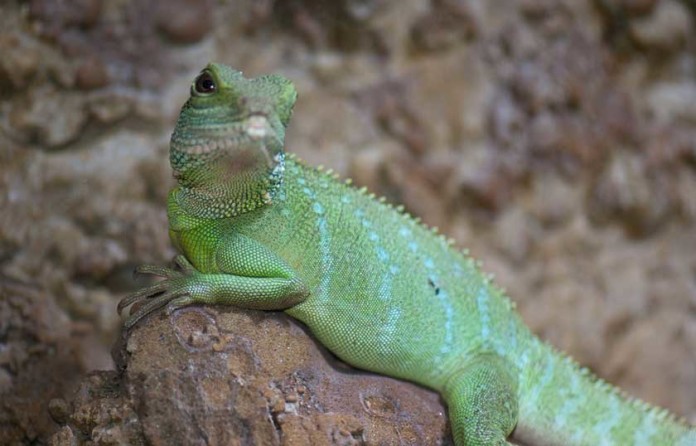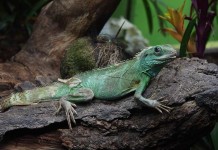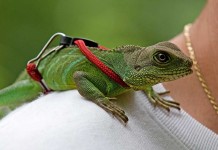You may get worried if your pet suddenly shows behavior that is different compared to what you are used to. There will be many questions going through your mind and you’ll probably ask yourself where exactly did you go wrong?
The first thing you need to keep in mind is that behavioral changes in water dragons do not make you a bad owner. There may be times when your dragon shows unusual behavior even when it is perfectly healthy and normal. However, it is better you consult a reptile vet if these changes continue for a long period of time.
Similar to other dragon owners, you will also be concerned when your dragon stops eating its favorite meal. If you have a female dragon, this may be a frequent thing if your pet is gravid. Female dragons normally lose their appetite when they are about to lay eggs. If this is not the case, your dragon may be too full and does not want to eat further.
Chinese water dragons also get bored very easily and stop eating their favorite snacks when you don’t offer them much variety. You will probably have to change the menu to get rid of this problem. You should choose food combinations that are interesting and nutritious. These food combinations at the same time should be designed looking at the age and physical condition of your water dragon. You can try offering water to your pet after meals to ensure that it remains well hydrated.
 You should immediately refer to a qualified reptile pet if your pet does not eat or drink for several days. Your pet may show such behavior if it gets dehydrated or suffers from an infection. Dehydration can produce severe consequences if it is not treated at an early stage. Chinese water dragons should never be forced to eat or drink especially if they are sick. This can put severe stress on the animal and can even worsen the condition. Your pet should be willing to eat or drink on its own.
You should immediately refer to a qualified reptile pet if your pet does not eat or drink for several days. Your pet may show such behavior if it gets dehydrated or suffers from an infection. Dehydration can produce severe consequences if it is not treated at an early stage. Chinese water dragons should never be forced to eat or drink especially if they are sick. This can put severe stress on the animal and can even worsen the condition. Your pet should be willing to eat or drink on its own.
Nose rubbing or snout damage is commonly seen if the enclosure you use is smaller compared to the size of your pet. If this not the case, your pet may show this kind of response to break through the barrier. This normally happens when your pet gets fond of roaming outside the cage and hates to go back inside the tank.










